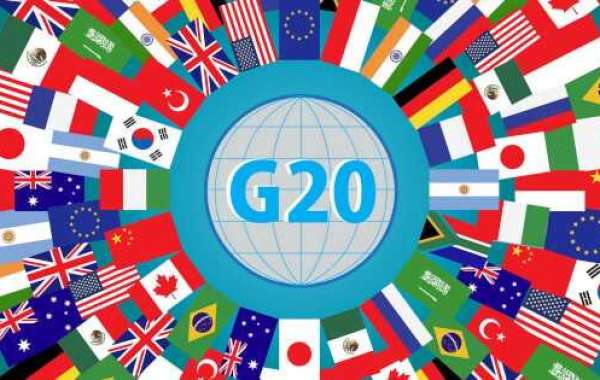PERMALINK
New Insights into Hypertension-Associated Erectile Dysfunction
A-Introduction
Erectile dysfunction (ED) is a common condition affecting men, particularly those with hypertension. Recent studies have highlighted the bidirectional relationship between these two conditions, shedding new light on their interconnected pathophysiology. This article aims to review recent findings and provide insights into managing ED in hypertensive patients.
B-Mechanisms of Erection
Erectile function relies on several physiological processes, including penile hemodynamics, endothelial function, and neurogenic control. Nitric oxide (NO) plays a pivotal role in relaxing penile smooth muscle, facilitating venous inflow and maintaining erection. Endothelium-dependent relaxation is a key mechanism, which can be compromised under conditions of hypertension.
C-ED in Hypertension
Hypertension is associated with ED through multiple pathways. Chronic elevated blood pressure leads to endothelial dysfunction, reduced bioavailability of NO, and increased activity of vasoconstrictors like angiotensin II and endothelin-1. These factors impair penile vasomotor function, contributing to ED. Morphological changes in penile vessels and nerves also occur, further exacerbating the condition.
D-Antihypertensive Pharmacology
Antihypertensive agents vary in their effects on erectile function. While thiazide diuretics and calcium channel blockers (CCBs) are generally well-tolerated, they may contribute to ED through mechanisms such as reduced NO bioavailability or drug-induced changes in penile hemodynamics. ACE inhibitors and angiotensin receptor blockers (ARBs), on the other hand, often preserve or enhance erectile function, potentially offering benefits beyond blood pressure control.
E-Treatment of ED in Hypertensive Patients
Management of ED in hypertensive patients requires an individualized approach. Lifestyle modifications remain foundational, including weight management, regular physical activity, and smoking cessation. Pharmacological interventions such as phosphodiesterase-5 inhibitors (e.g., sildenafil) can be considered, provided the patient's blood pressure is adequately controlled. Psychological support may also be necessary to address the psychosocial impact of ED.
Conclusion
Hypertension and ED share common pathophysiological mechanisms, and their intersection underscores the importance of comprehensive management strategies. Early identification and intervention are critical to improving outcomes in both conditions. Further research is needed to develop targeted therapies that address the underlying molecular pathways.
Key Points
- Hypertension and ED are bidirectional and share common mechanisms like endothelial dysfunction and reduced NO bioavailability.
- Antihypertensive agents differ in their impact on erectile function, with some potentially offering benefits for ED management.
- A multidisciplinary approach is essential for effective treatment of ED in hypertensive patients.
Acknowledgments
The authors would like to acknowledge the contributions of their colleagues and institutions in advancing our understanding of hypertension-associated erectile dysfunction.
Footnotes
None declared.
References
Please refer to the provided NCBI databases for relevant references and citations.
ACTIONS
- PERMALINK
- RESOURCES
- Similar articles
- Cited by other articles
- Links to NCBI Databases
- Cite
- Add to Collections
References: JBHNews .








